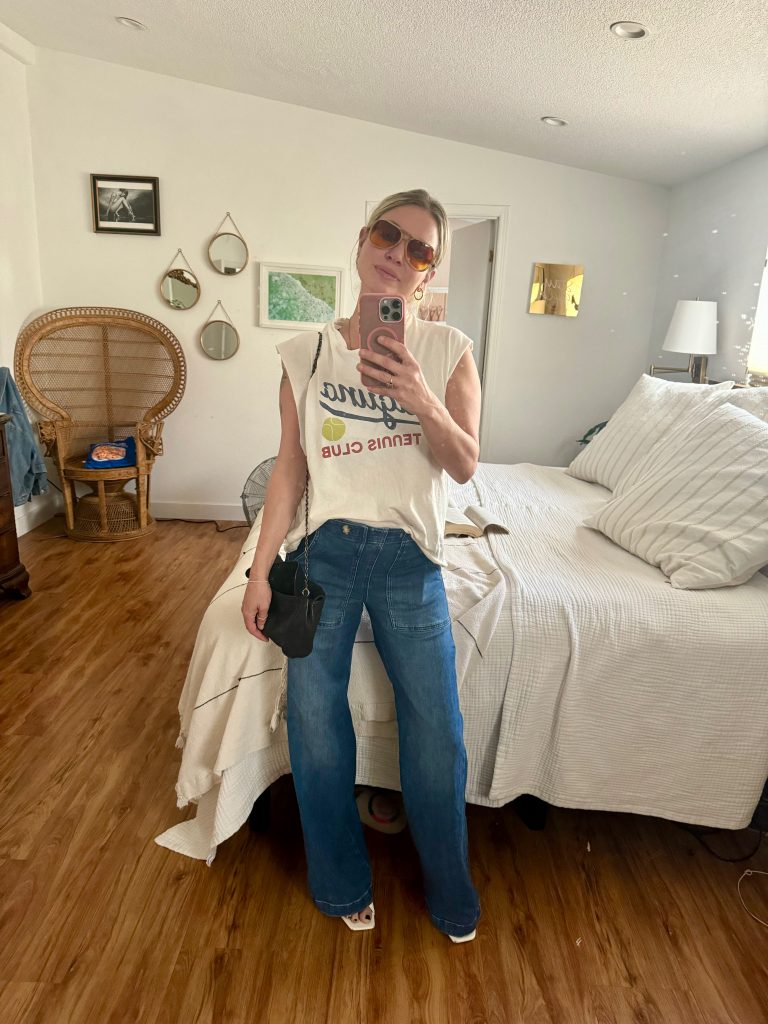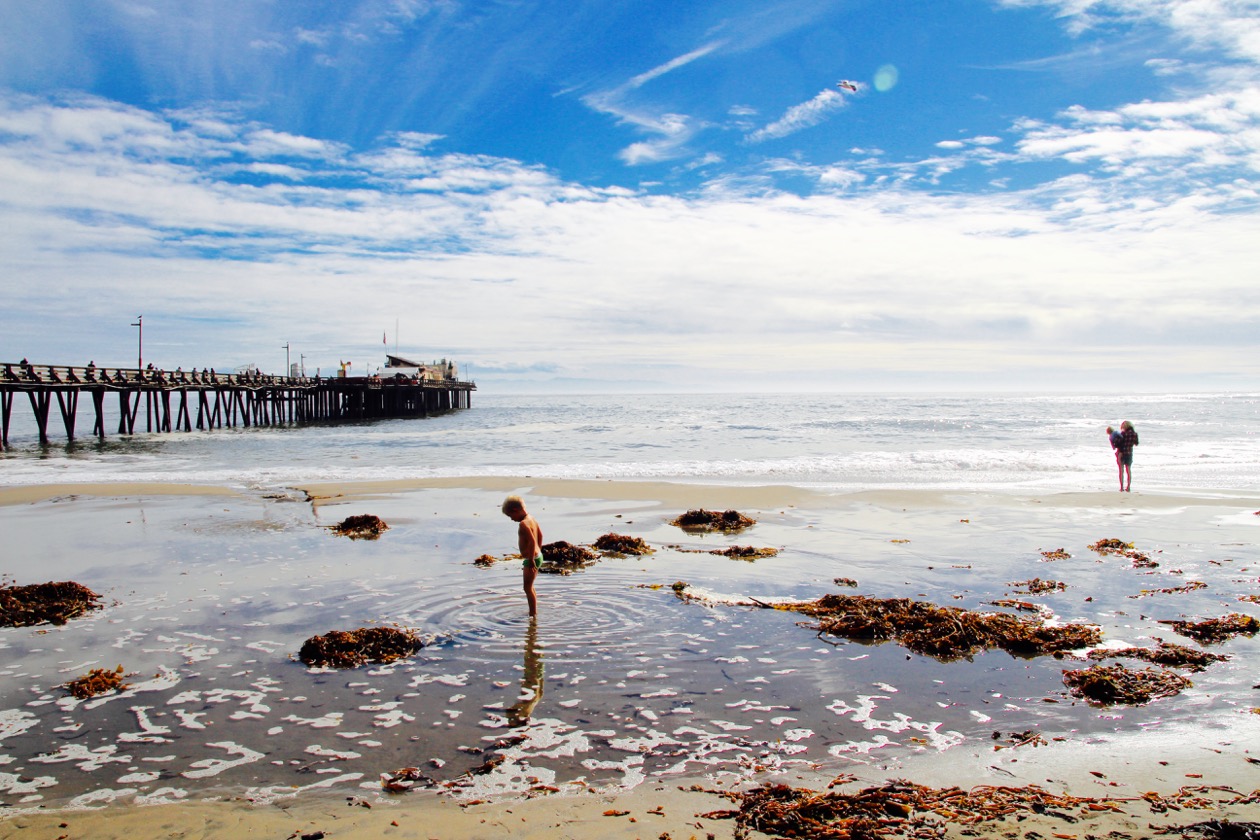Claire Zulkey, creator of the only newsletter I never, ever fail to open, Evil Witches, talks to teachers and administrators to get some answers to the questions on every parent’s mind (spoiler: There aren’t any good ones).
This weekend I had a socially distant backyard BYOB hangout with a middle school teacher friend of mine, and I asked her what she wishes parents knew about return-to-school. She said:
I would really like parents to know that we hate this as well, but we are also TERRIFIED. We have spent the summer isolating from others – I don’t even go to the grocery store. But now we have to be in a building with hundreds of middle schoolers five days a week?! My anxiety is through the roof – and it’s July. I have school nightmares every night. Some people I know are writing a will- seriously.
Parents and districts need to be together with this. It’s going to suck for everyone, but we are in a pandemic and the curve is not flattening. Kids feed off parental energy and attitudes. It’s going to be hard enough on them without the adults fighting.
I’m doing some research for a potential new project focusing on teacher insights gathered during the forced education transformation and so also had a phone call with a friend of mine who is a longtime K-8 school administrator in the Chicago suburbs to get her take on what lies ahead for this school year. Obviously YMMV depending on your school district, but I hope at the very least perhaps what I’ve learned thus far will help prepare you for what’s coming our way extremely soon:
Have you seen any American school districts districts who have figured out return-to-school in a sensible way yet?
Honestly, no: the physical limitations of a school building are the biggest factor right now. My principal and I spent the morning going around to classrooms and measuring square footage of furniture and open floor space to see how many kids we can safely have in every room of this building. In case you’re wondering, the janitor’s closet on the second floor is JUST too small to allow for an adult and child to work in there together. Those mops get to stay where they are. The utility room on the first floor is HUGE, but it has exposed pipes, so it’s probably not legal to have kids in there. We’ve put it on the list to see if it could be retrofit, though.
There’s trade-offs to every plan. Some districts are going to do every other day, but that’s a nightmare for parents even if it lets students have classrooms that look more similar to what they’re used to. It’s going to be hard for the teachers to get within 6 feet of kids for any meaningful length of time. This is really defeatist, but there’s not a great solution if the mandates are – and I think they are appropriate – that you have to maintain social distance and wear a mask.
The way we’re going to be teaching this year is to suspend most of what we know about educational structures that would have kids working together, let them have some decision of what they want to work on or how they want to do something. This year is going to be so much more prescribed and teacher-directed whereas usually there’s more room for differentiation or small group work and instruction. At the same time we’re not going to have the same resources as last year (space, staffing) for kids who need reading intervention or math intervention.
What would you do if you were a parent with a kid in elementary school right now?
It depends on the district. In my district, it’s July 7 and we don’t know yet what every school will do. To me the only thing that would weigh me one way or another is if one goes back 5 week vs 2 days a week. I’d choose a 5 day week, but I’d feel like no school, private or public, will look like it did last year. It’s just not going to happen.
There are people who think it will happen?
Oh yeah. They’re not as vocal right now. But I predicted that by September 15 we will have our first parent complaint of things not happening the way they did last year. There have been many staff voices that have been pleading with our superintendent to be super direct with parents about how different it’s going to be. Many parents think, OK, you’ll magically figure out 5 day classrooms, and it will look just like it used to. People were very aware that teachers had to totally revamp the way they teach when they moved to remote learning for the last trimester of the school year. People need to be similarly aware that teachers will have to revamp everything again in order to teach within the confines of a Covid classroom.
While we are eager to get back to 5 days a week, there is a lot of worry that parents will equate 5 days/week with ‘totally back to normal.’ This school year will not be normal, no matter how many days a week the students are in the building.
Even if we go back to e-learning is it going to be the same kind of shitshow as last year?
At at least in our district, we surveyed parents and students at the end of the school year about their remote learning experiences, and we are trying to incorporate as much feedback as we can into improving our remote learning plan for next year, with the assumption that we’ll have to use it at some point. It will still likely be terrible, though, because it’s not what any of us (teachers, parents, or kids!) were trained to do. It is the most extreme kind of retrofitting, and it will just never be great. In my mind, if we could improve from “shitshow” to “generally tolerable,” that would be a huge success.
What are you telling parents to do to get ready, and how to support their teachers?
The kids are going to hate wearing masks. Practice with a mask at home. Tell your kid, “You’re going to have to wear this.”
Parents can’t know this until they know what the schools’ plan is, but they should help their kid start to understand that it’s going to look so much different and here are the things you have to do and this is why we’re doing it. Promote that “greater good” mindset, that things that will be different and that’s hard and we’re doing it because we’re trying to be safe — and it won’t be forever. There’s a book people shared, Not Forever, But For Now. This is not the rest of your life, but it feels like it when you’re 6.
Another colleague of mine said “We just need to give each other a little grace and assume everybody has positive intentions, even if teachers aren’t as responsive or able to solve every issue in the same way that they will before.”
How do things look for the parents of children with special needs?
Our state guidelines say that even if you can’t get all kids back, you need to start with kids who have the most difficulty with remote learning and kids who have disabilities: They have to be prioritized. The biggest thing we’re looking at is that some learners with disabilities also have complex medical needs and that’s another layer of consideration as we try to figure if kids can come back to school or not. That’s ultimately a decision parents will have to make. It’s hard to see your kids regressing but also hard to send them to school when a common cold can require hospitalization and there’s not enough data at this point to know reliably what COVID does.
When they do come back, most of our students with disabilities are getting support both in and out of the general education classroom, so we have to determine how to do that safely. Generally speaking, we are trying to keep kids in their classrooms during the day and the specials teachers (art, music, drama, etc.) come to them in order to limit large groups of kids in the hallways at the same time and the amount of exposure kids have to shared classrooms. With kids who have to leave the classroom and meet with a special education teacher in another part of the building, we’re trying to figure out how we do that safely. Do we prioritize those special ed minutes or is it better to have a special ed teacher come into the general education classroom to try to meet the minutes there? It’s going to be a matter of parents and schools working together to decide what makes the most sense educationally and safely, and what’s actually logistically possible given space limitations in classrooms and offices. For parents who have a good relationship with their school’s special education team, this may be easier. For parents who have not had prior experiences that have built trust with their team, this is likely to be a lot more fraught.
What do you find most outrageous about this whole situation?
It’s so expensive to be going back to in-person school AND to be improving access to robust remote learning right now. We’re redesigning schools either way. We’re hiring more staff where we can. I’m lucky we are in a well-resourced district but thinking about the cost of face masks for everyone and physical changes to the school building, making bathrooms safer, the front office safety, the space in the front office that can be the isolation room, hiring additional teachers and teacher assistants, all that was nowhere in the budget. Oh, did I say that sourcing hand wipes and disinfectant spray has been next to impossible? Our buildings and grounds team is working with 6 different vendors to get us through the first month of school. The cost will be the barrier for the majority of districts, especially the ones who are already struggling. Urban districts who have these same needs but exponentially so have more things to consider. There will need to be federal assistance. Sadly, angry presidential tweets are not a substitute for an actual funding or safety plan.






